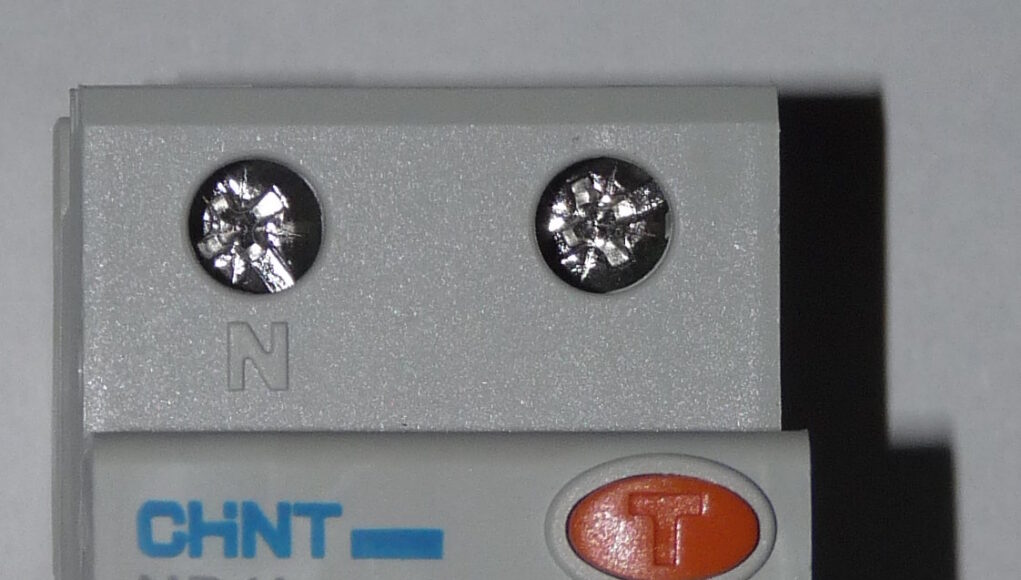Electricity and electrical circuits are an essential part of our daily life. Because electrical systems provide a lot of ease and comfort in our day-to-day life, even in the modern world. We could not even imagine the existence of life without electricity.
With all benefits, electrical circuits have some drawbacks also. The very dangerous drawback or disadvantage of this circuit is electrical shocks. Electrical shock is a life-threatening disadvantage of these circuits. If you want to prevent yourself from shock, you must use safety devices. This article will teach you about RCD? its functions, cost, and types.
What is RCD?
Knowing about electrical protective devices is very important before using or installing any such devices. Because if you know well about any device, you can get maximum results from these devices. It is also essential to know about electrical safety devices. That wrong installation or implementation of these devices can give you an electrical shock, losing the most precious thing in your life.
An RCD, or Residual Current Device, is an electrical safety device designed to protect against electric shock. It works by constantly monitoring the flow of electricity in a circuit and quickly cutting off the power if it detects a fault. This can happen if an electrical appliance or device comes into contact with water, the insulation on a wire becomes damaged, or there is a short circuit in the wiring. By cutting off the power in these situations, the RCD can prevent electric shock and save lives.
RCDs are commonly used in homes, workplaces, and public buildings and are often installed in fuse boxes or as individual plug-in devices. They are a crucial safety measure for anyone using electricity, and it is recommended that all homes and workplaces have them installed. Overall, an RCD is an essential safety device that can provide peace of mind and protect against the dangers of electric shock.
So, let’s get started to know about an essential yet crucial electrical safety device, “the RCD.”
Full form of RCD
If you closely look at the name of this device, you notice that RCD is a combination of three alphabets R C D. These three alphabets represent three different words. ‘R’ represents ‘residual,’ ‘C’ represents ‘current’ and the alphabet ‘D’ represents ‘device.’ The complete meaning of RCD is “Residual Current Devie.”
Purpose of RCD
Suppose you want to know about the primary purpose of RCD in one word, then it is simply protection. RCD is a protective device installed into the input side of your electrical system to protect you from getting any electrical shocks. The ultimate purpose of this device is to save you from the faulty electrical appliance, bare wire, faulty electrical wiring, and even the electrician who works on the electrical circuits.
Function of RCD
The RCD device protects by constantly monitoring the total flow of electrical current running into your electrical system, whether the device or the appliance. All electrical systems require this type of protection. This type functioning based on the electrical current. If one electrical appliance draws a specific amount of current constantly, a sudden change in this flowing current activates RCD. This sudden recent results from an electrical shock to you or a faulty electrical appliance.
Whenever this sudden current flows throw the electrical system, the RCD trip or switch off the complete electrical system. As a result, you or your appliance will achieve the ultimate safety from this electrical system. And you can feel safe from electrical shock, risk of death, or any electrical injury.
RCD constantly monitors the electrical system’s total input and output current. When outgoing current differs from input current, there isn’t an imbalance of current detected by the RCD. The device will immediately shut down the electrical system when it detects this imbalance.
Main characteristics of RCD
If you want to install an RCD in your system, you have to notice all the characteristics of RCD. After knowing about RCD, you can choose the best type of RCD according to your requirement. There are mainly three kinds of features that every RCD has. These characteristics include the rated current in amperes. The rated residual operation current of the RCD. This value is also coming in ampere. And the last one is instantaneous trip rating. The last characteristics come with particular kinds of RCDs. In this special RCD, you can adjust the time delay of the trip at a specific current. These are essential characteristics that you must be aware of while choosing RCDs.
Classification of RCDs
There are many classifications or types of RCDs. The classification of these devices depends on which kind of power source they have to operate. Some types of RCDs are described below.
- Fixed RCDs
- F Type RCDs
- B Type RCDs
- AC Type RCDs
- A Type RCDs
A short description of this device is below:
Fixed RCDs
Fixed RCDs have been used in the inside portion of any electrical systems electrical appliances. The nearest element of these devices is the fuse box. These RCDs come with the first class of protection, which can protect the circuit and human beings working on the electrical system. These RCDs also protect the wiring of the electrical system.
F Type RCDs
The application of F-type RCDs is the single-phase, variable speed drivers. This type of RCDs works especially with this kind of circuit.
B type RCDs
Suppose you are working on 3 phase rectifier system, then you have to use B-type RCDs. Three-phase rectifiers are used in the following applications.
- EV charging system
- Highly sophisticated medical appliances
- PV circuits
- Drivers with changing speeds
AC type RCDs
AC type RCD is the most common type of RCD. This type of RCDs is mainly used for detecting AC-type currents. These are the most generic RCDs.
A type RCDs
The application of A-type RCD is specifically single-phase loads. In the category of single-phase, only Class 1 load can be good for type A RCDs.
Cost of RCDs protection
RCDs vary in price based on the type and application in which they will be used. Common types of RCDs can cost up to 12 dollars per device. This is the price of plug-in-type RCDs. More sensitive RCDs will cost more, but they give extra protection.
Similarly, these devices also require professionals for installation. Installation costs can vary from person to person. We should take the market survey and get different quotes before hiring such professionals.
What is the primary objective of RCD?
The wiring, fixed appliances, and people utilizing the installation are protected by these devices, which are mounted within an electrical system unit. An RCD employs one or more circuits to protect itself, ensuring protection by monitoring the electric current passing through those circuits.
A safety switch, often referred to as an RCD, protects humans from electrical hazards, unlike a circuit breaker, usually a fuse. The latter also covers the wiring and electrical equipment in your house.
Conclusion
After reading the complete article, do you get an idea about what RCD is? You can take help from this article to choose and install RCDs. It is highly recommended that if you do not have basic knowledge about electricity, do not be involved in any electrical system and take the help of a professional.
Apart from this, if you are interested to know more about Phase Failure Relays then visit our TECH category.
FAQs
- What is the reliability of RCDs?
Fixed RCDs have average reliability of 97%. Testing them regularly enhances this reliability. You and your family risk electric shock less when you have a fixed RCD protection. Additionally, faulty wiring and appliances can cause fires.
- How can you determine if your RCD protection has already been fixed?
Suppose your electrical system or appliance has a pushbutton marked with the letter ‘T’ or ‘Test’ to determine if your RCD is installed. This device must have the letter ‘T’ or ‘Test’ to ensure your RCD is working. In addition to the RCD fitted to the consumer unit, there should be a label that states “test quarterly.”






